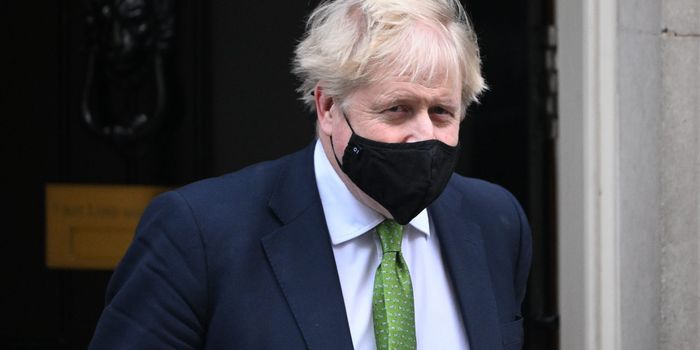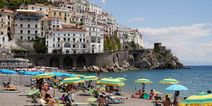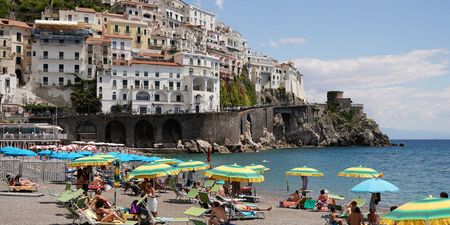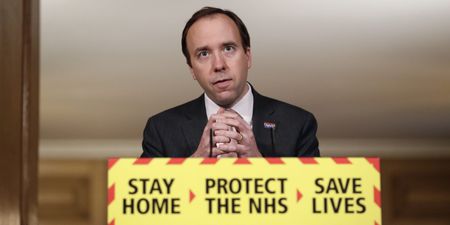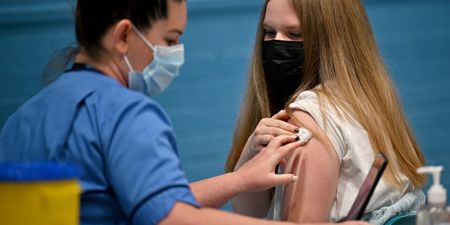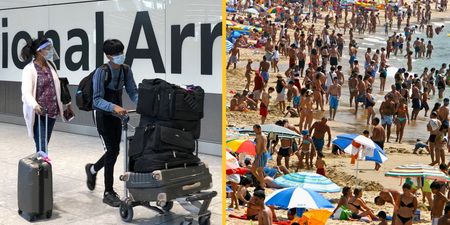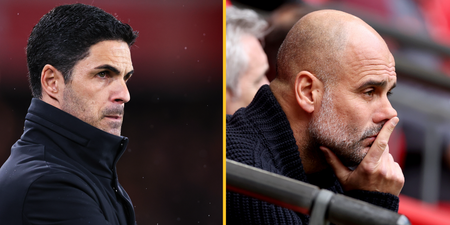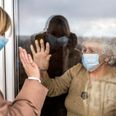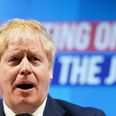The PM announced restriction changes due to come into effect next week
While under fire from all sides Wednesday over ‘Partygate’, Prime Minister Boris Johnson, announced Plan B restrictions would be binned – but not everyone agrees that should happen.
But was it just a ploy to save his job and distract from the Downing Street parties, or is it really time to take off our masks and return to work?
Here’s what you need to know…
Why have we ditched Plan B now?
Johnson attributed the easing of restrictions to falling case numbers and the belief that Omicron had already peaked across the UK.
While the PM is scrapping mandatory mask-wearing from January 27, he is continuing to “suggest the use of face coverings in enclosed or crowded spaces,” particularly when people are meeting with those they don’t do so regularly.
“We will trust the judgment of the British people and no longer criminalise anyone who chooses not to wear one,” he said.
He also ditched work from home advice, covid passports and revealed the self-isolation requirement for people who test positive could be scrapped on or before March 24.
The move was backed by Labour leader Sir Keir Starmer, though he added Johnson must “reassure the public he is acting to protect their health, not just his job.”
Is everyone on board with the plans?
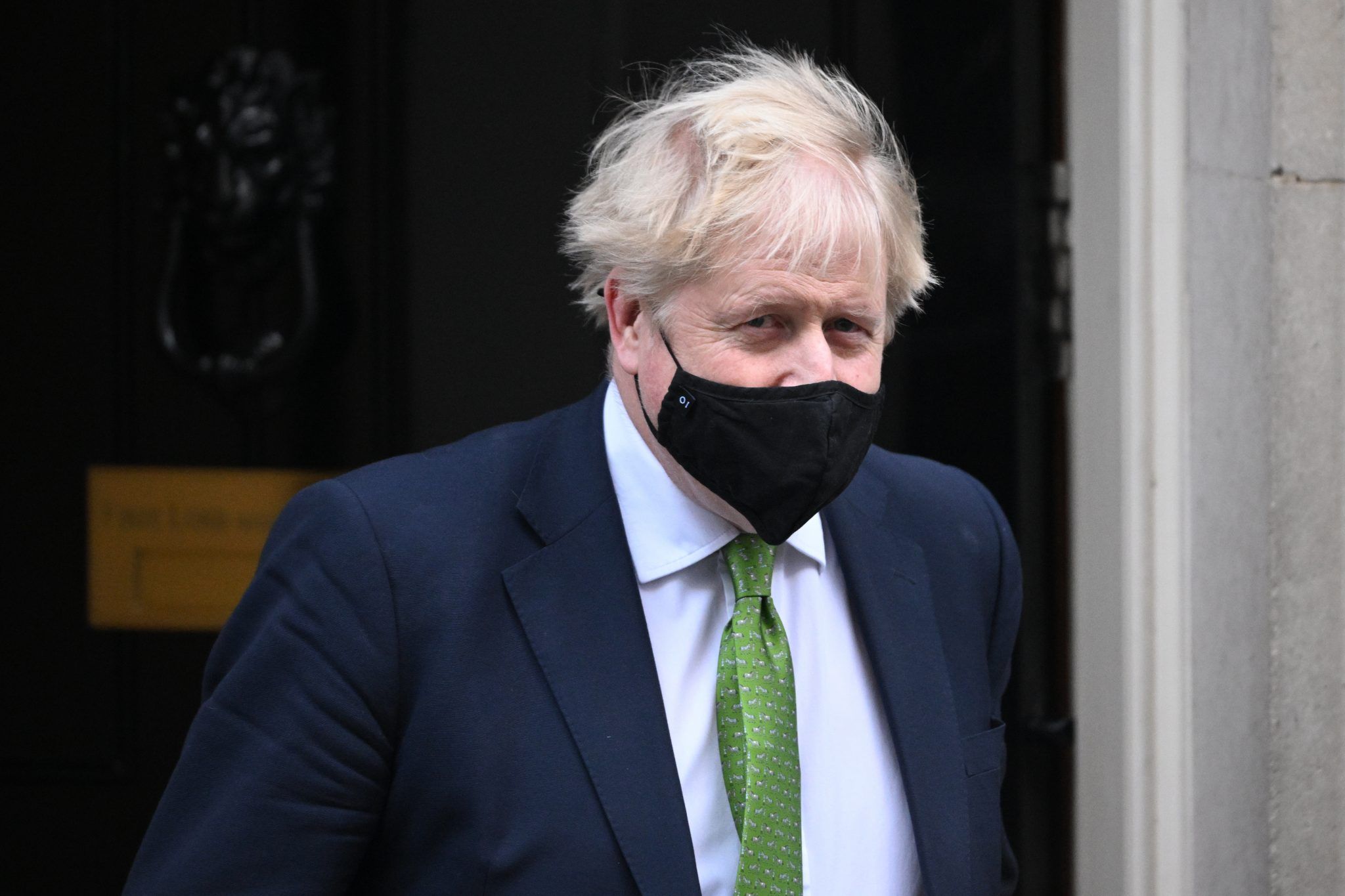
While the announcement was met with cheers from the Tory backbenchers, scientists are not so sure.
Professor Francois Balloux, a professor and director at UCL Genetics Institute, told HuffpostUK that falling cases does not mean we won’t be hit with waves in the future.
“An overly fast return to pre-pandemic behaviour could lead to viral flares, which could cause considerable problems for the NHS, and may risk further delaying the return to ‘post-pandemic normal’,” he said.
Similarly, Dr Peter English, retired consultant in communicable disease control, suggested that easing some restrictions may be a better course of action.
He said, “It may be reasonable to relax some of the non-pharmaceutical interventions,” but the government should keep the “legal obligation to wear a well-fitting, good quality mask in indoor public spaces and public transport.”
London Mayor Sadiq Khan has said that passengers must continue to wear masks on London buses and health secretary Sajid Javid has also said he will continue to wear one when he goes shopping.
So what are our covid numbers actually like?
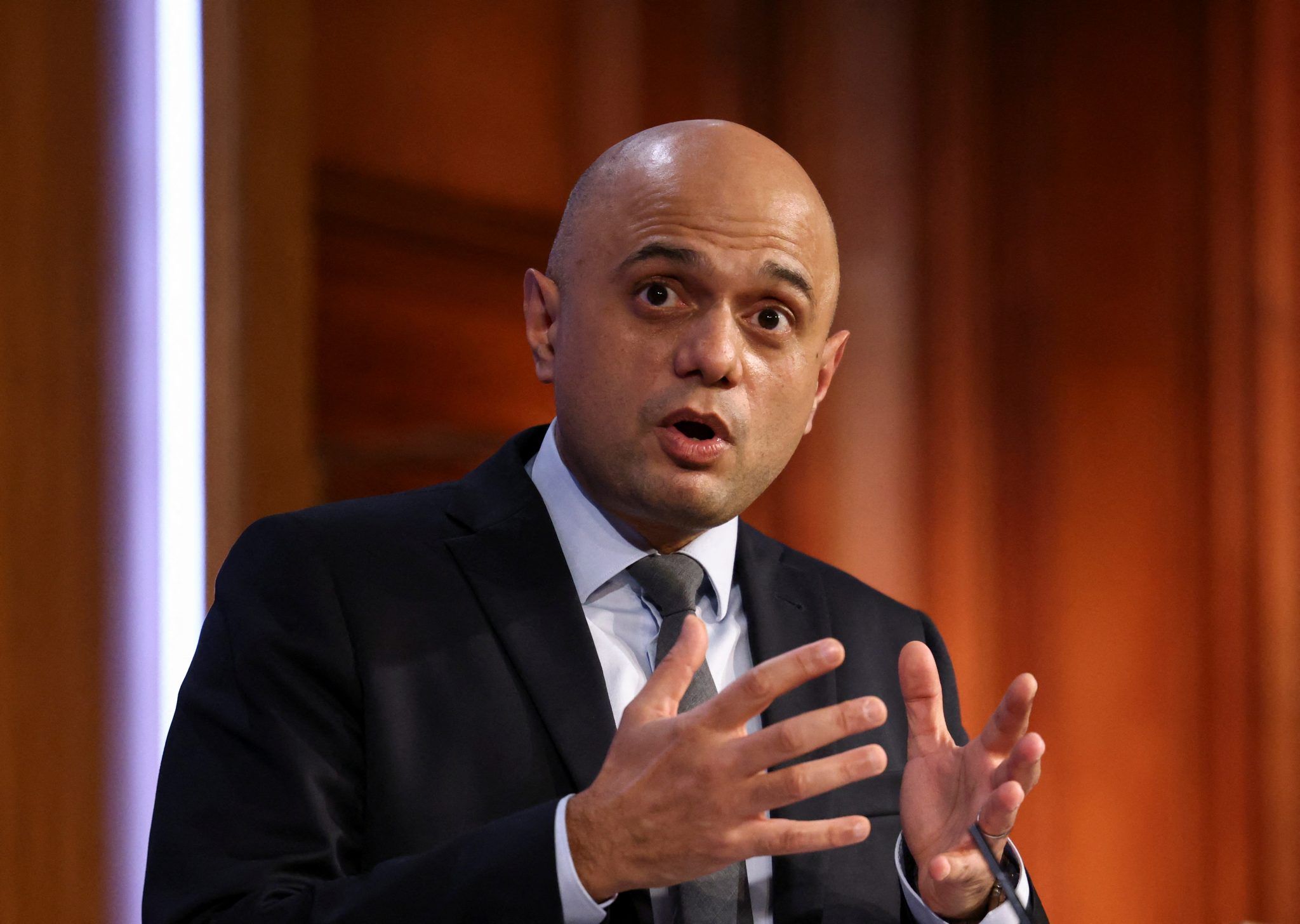
On Wednesday the UK recorded 108,069, daily infections. The figure was 652,469 over the last seven days – a 37.5 per cent drop from the previous week. Similarly, the UK has seen a 4.9 per cent decrease in patients being admitted to hospital over the past week.
However, deaths over the past seven days have increased by 181 – or 8.2 per cent – but such figures are expected to fluctuate.
When Plan B was enacted on 8 December the UK recorded 51,342 infections and 61 deaths.
And how does our approach compare to the rest of Europe?
France has seen an enormous spike in cases/Via GettyLast week, teachers in France staged a one-day strike over restrictions that saw thousands of schools closed by the education minister who was on holiday. France also requires a covid passport for most indoor venues and masks are mandatory for those over the age of 11 while outdoors in cities like Paris.
Restrictions in Spain are similar, with masks being mandatory in most spaces and restaurants and indoor venues operating on a reduced capacity.
Designated as a “high risk” area by the US CDC, Germany’s restrictions differ depending on the area. Only vaccinated or recently recovered people are permitted into nonessential businesses, which is similar to Italy, which also requires a “green pass” vaccination card.
Things in Sweden look considerably worse, with businesses now forced to close at 11 pm and use seated service only allowing parties of eight or less. Public events only permit crowds of 50 people, all of which must provide proof of vaccination.
While Denmark has one of the highest vaccination rates in Europe, restrictions mirror much of Europe, with mandatory mask-wearing and covid passports being required to enter most indoor buildings.
But what are their covid figures like?
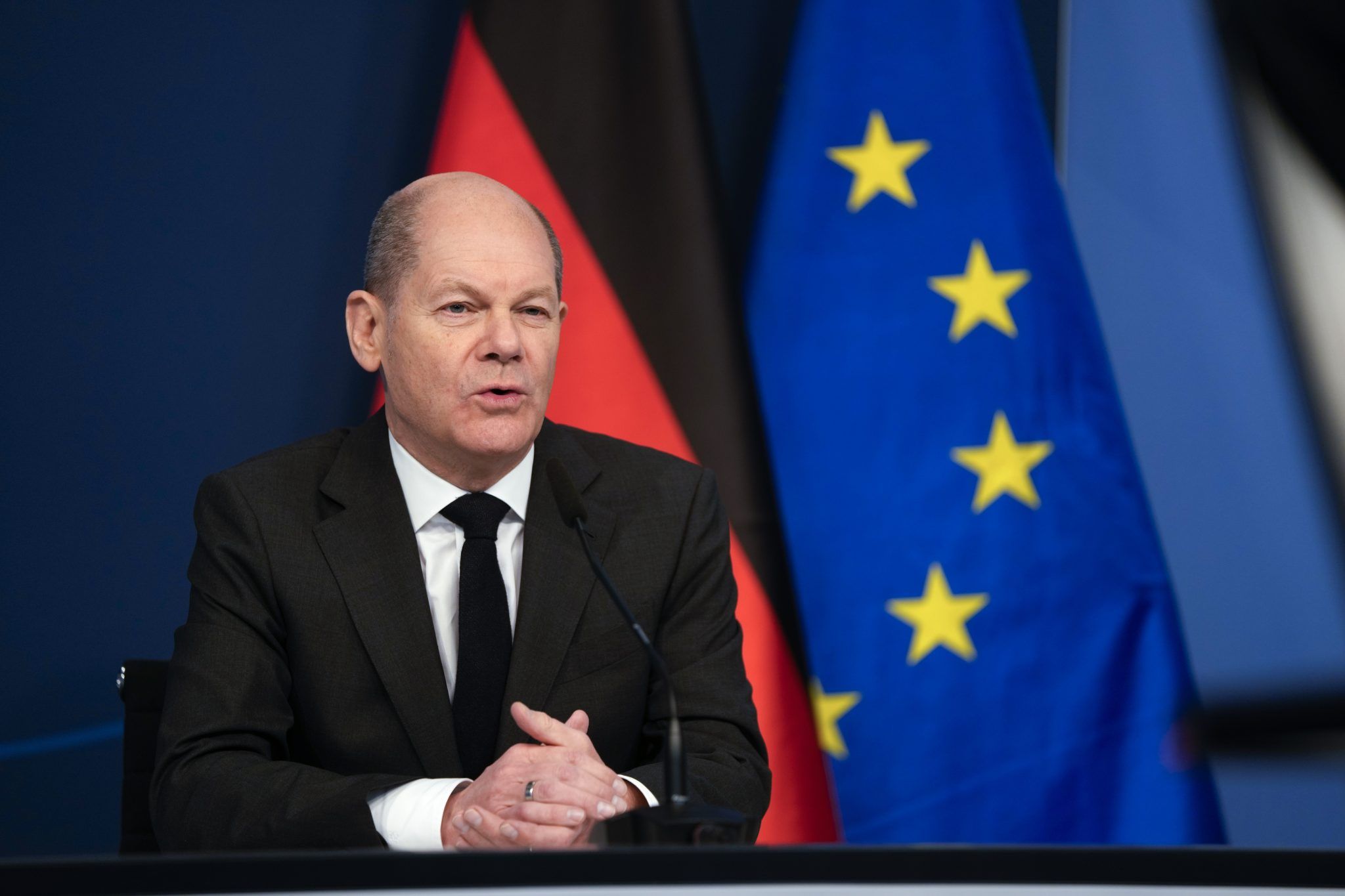
In total, there have been 108,228,000 reported infections and 1,930,000 reported deaths in Europe to date.
France reported a record-breaking 464,769 new cases earlier this week while also experiencing 288 hospital deaths, taking the total to 100,339.
The US tops the daily infection rate with 752,699 which has been averaged over a seven day period. The US is followed by India (271,549), Italy (178,332) and Argentina (111,701). It is however important to remember that these numbers fluctuate, but accurate daily figures can be obtained here.
81.1 per cent of Spanish residents are fully vaccinated and the daily average of new infections comes just above our own at 138,172.
While Germany is currently reporting an average of 76,257 new cases a day, that number has been rising consistently over time.
In Scandinavia, Sweden is reporting 24,369 new cases a day and has currently fully vaccinated 89.6 per cent of its population.
Out of the 48 countries on the Reuters European covid map, only four countries are seen not to be at peak infections: the UK, Malta, Isle of Man and Greece.
Here’s what rules have changed and when…
Bye bye masks. From January 27, mandatory masks will be abolished across the UK and people will no longer be told to work from home. With isolation rules set to be renewed on March 24, the PM said he does not intend to continue them and will instead seek to bring forward that date.
Ultimately, this means catching covid would not mean immediate isolation. It shall instead be up to the discretion of the individual who will, in a perfect world, follow the government’s advice.
Related links:
- Boris Johnson ditches mask mandate and work from home advice in covid update
- Senior Tory David Davis tells Boris Johnson’ in the name of God, go’ in fiery PMQs showdown
- Christian Wakeford kicked out of Tory WhatsApp groups
